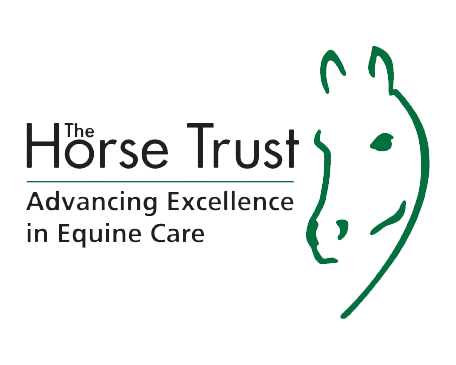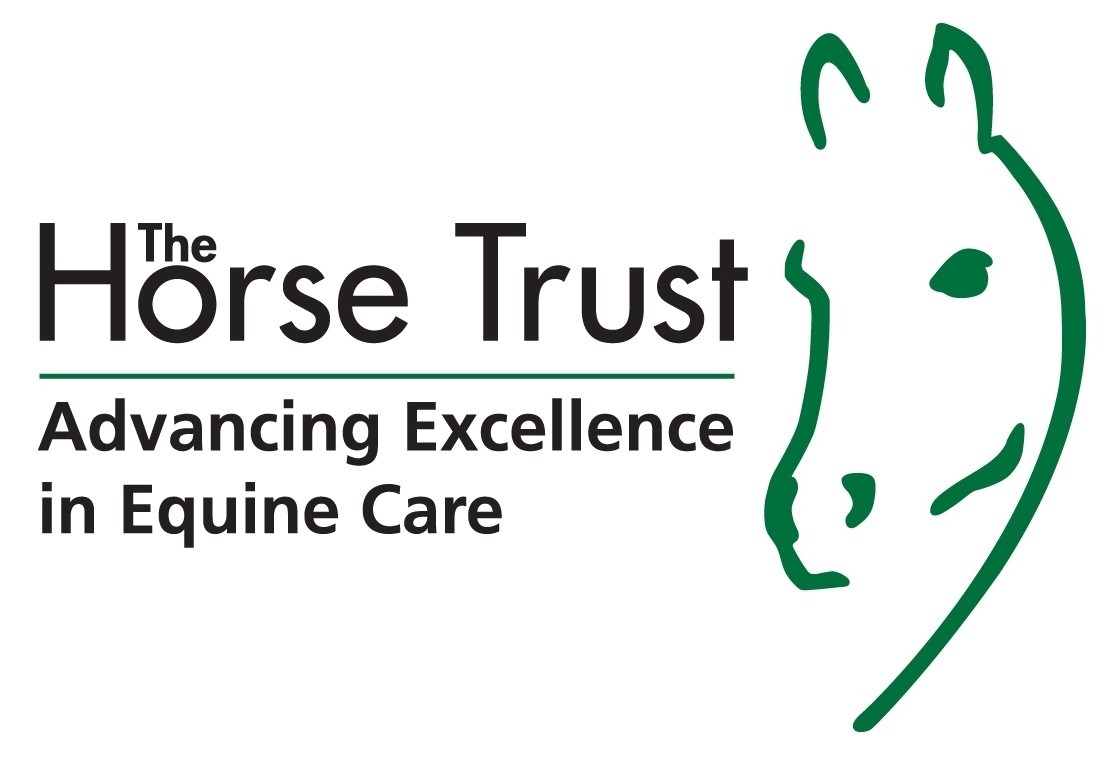What is Strangles?
Strangles is a highly contagious disease that affects horses, ponies, and donkeys. It’s an upper respiratory tract infection caused by a type of bacteria called Streptococcus equi.
The name “Strangles” comes from one of its more severe symptoms – swollen lymph nodes around the throat that can make it hard for a horse to breathe or swallow.
Strangles can spread quickly, especially where horses live in groups or travel between locations. It’s the most common infectious disease in horses and needs careful, quick management when an outbreak occurs.
Strangles can be serious: it is sadly fatal in up to 10% in certain cases, and complications can occur in up to 20%. While there is no cure once a horse catches strangles, most horses do recover. The owner/carer, with the help of their veterinary team, should take steps to support the horse’s recovery and prevent the disease from spreading.
If you suspect strangles on your yard or at an event, immediate separation and early veterinary support are essential.
Strangles Symptoms
It can take up to 21 days for a horse to start showing signs after infection. Spotting the early symptoms is key to preventing the spread and helping the horse recover.
First Signs of Strangles in Horses
The first signs are often a raised temperature (above 38.5°C when resting) and the horse seeming a bit quiet or off-colour.
Common strangles symptoms include:
- A high temperature (fever)
- Thick (often yellow or green) nasal discharge
- Swollen lymph nodes around the head
- Coughing or difficulty breathing
- Loss of appetite or difficulty swallowing
- Low energy or apparent tiredness
- Abscesses that may burst and leak pus
Symptoms can appear gradually or come on very suddenly, and horses may only show one of a couple of the common symptoms. Some horses may seem only mildly unwell but can still pass on the infection, potentially making the next horse much sicker.
Any horse showing signs should be quarantined immediately, and a vet should be called to confirm the illness and give treatment advice.
Strangles symptoms can be similar to other illnesses, so testing is important to confirm the infection.
How Do Horses Get Strangles?
Strangles is highly contagious and can spread easily between horses. It is most often passed on through direct contact, but can also spread indirectly. This highlights the importance of identifying symptoms early before they have a chance to affect others.
Direct Contact
Horses can catch strangles through nose-to-nose contact with an infected horse.
Indirect Contact
The bacteria can survive on surfaces and be spread through things like:
- Water troughs
- Feed buckets
- Grooming brushes, tack or headcollars
- Human hands, boots, clothing or shared tools
- Transport vehicles
- Shared grazing areas
Sneezing and Coughing
Strangles is not airborne in the traditional sense, but a horse can snort or cough infected material several feet, making shared spaces like stables or arenas higher risk.
After infection, about 10% of horses can become ‘strangles carriers’. This means they still carry the bacteria and can intermittently spread it to others by ‘shedding’, even if they look completely healthy. That’s why testing after illness and good biosecurity practices with all horses, all the time, are so important.
Strangles Treatment, Prevention and Testing
Around one in ten horses can become a strangles carrier after infection unless properly tested and treated. Even if a horse looks healthy, it could still carry and spread the disease. The tips below will help keep your horses – and others – safe and well.
Treatment
Whilst a ‘cure’ for Strangles is not available, it’s vital that horses receive veterinary care as early as possible. This can help manage the symptoms and spot any issues, like difficulty breathing or eating, that need special treatment.
Most horses recover well with rest and support. Your vet may suggest:
- Anti-inflammatory medication to reduce pain and fever
- Draining of abscesses using poultices or with veterinary help
- Soaked feed and forage to make eating easier, and encourage water intake
- Antibiotics in selected cases (not always suitable or needed)
Prevention
Preventing strangles relies on good biosecurity and planning. These simple steps can make a big difference:
- Separate new or returning horses for 2-3 weeks
- Know your horse’s usual temperature and temp. check regularly
- Don’t share tack, feed, or grooming tools
- Wash hands, change clothes, and clean tools regularly
- Consider vaccination – speak to your vet about whether it’s right for your horse
If you travel or compete with your horse, also:
- At events, avoid horse-to-horse contact, limit contact by others with your horse and contact by yourself with other people
- Take (and don’t share) water from home, don’t share equipment, and disinfect any stabling used
- Clean and disinfect shared transport between trips
Testing
Testing is crucial during and after a strangles outbreak. It helps confirm infection and checks that horses are clear before they return to normal contact with others.
Vets may start with a visual exam and then carry out tests such as:
- Nasal or throat swabs to detect active infection
- Blood tests to check if a horse has been exposed
- Endoscopy to examine the guttural pouches, and find and treat hidden carriers
Some horses show no signs but still carry the bacteria. Testing is key to making sure all horses are safe before returning to the group.











